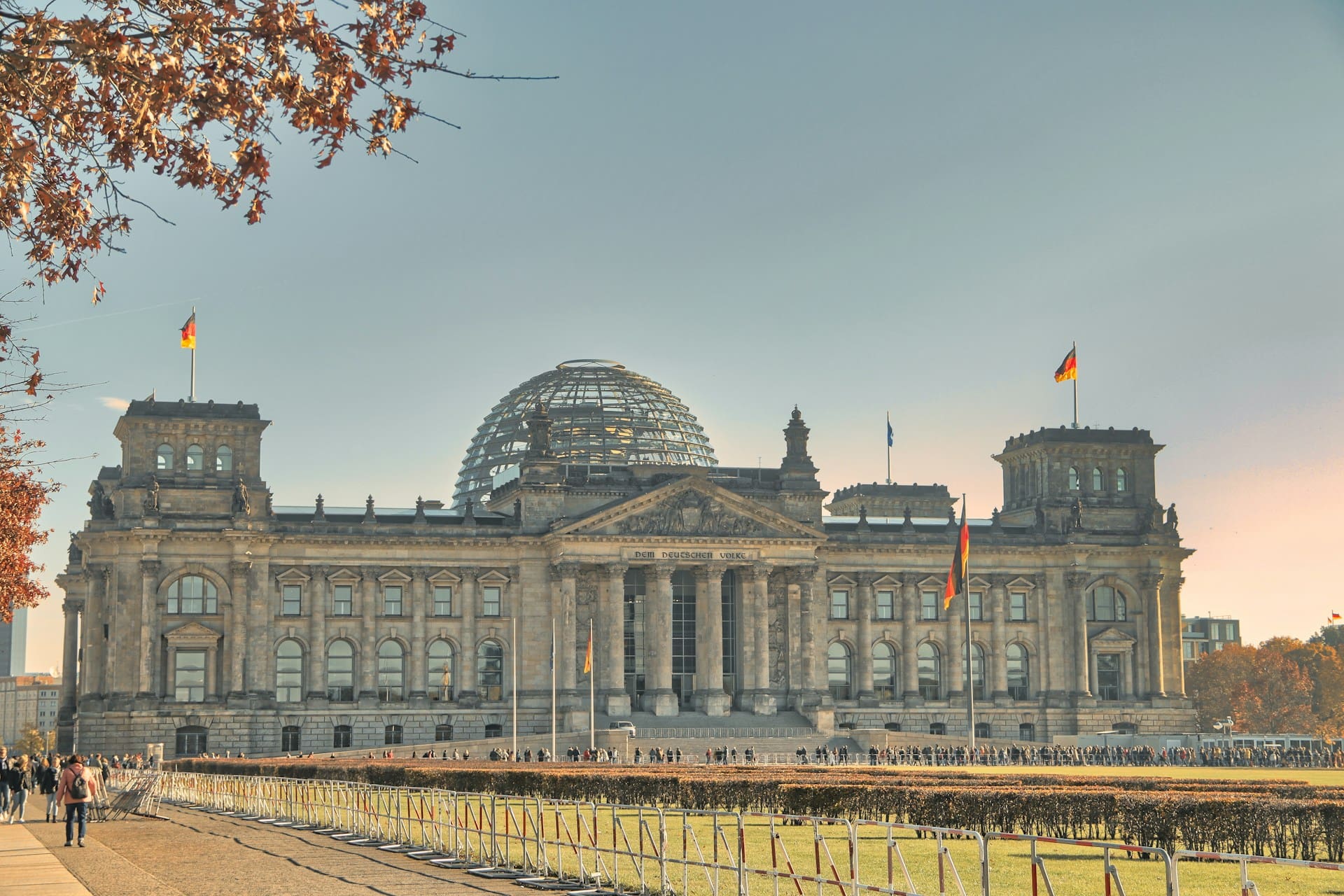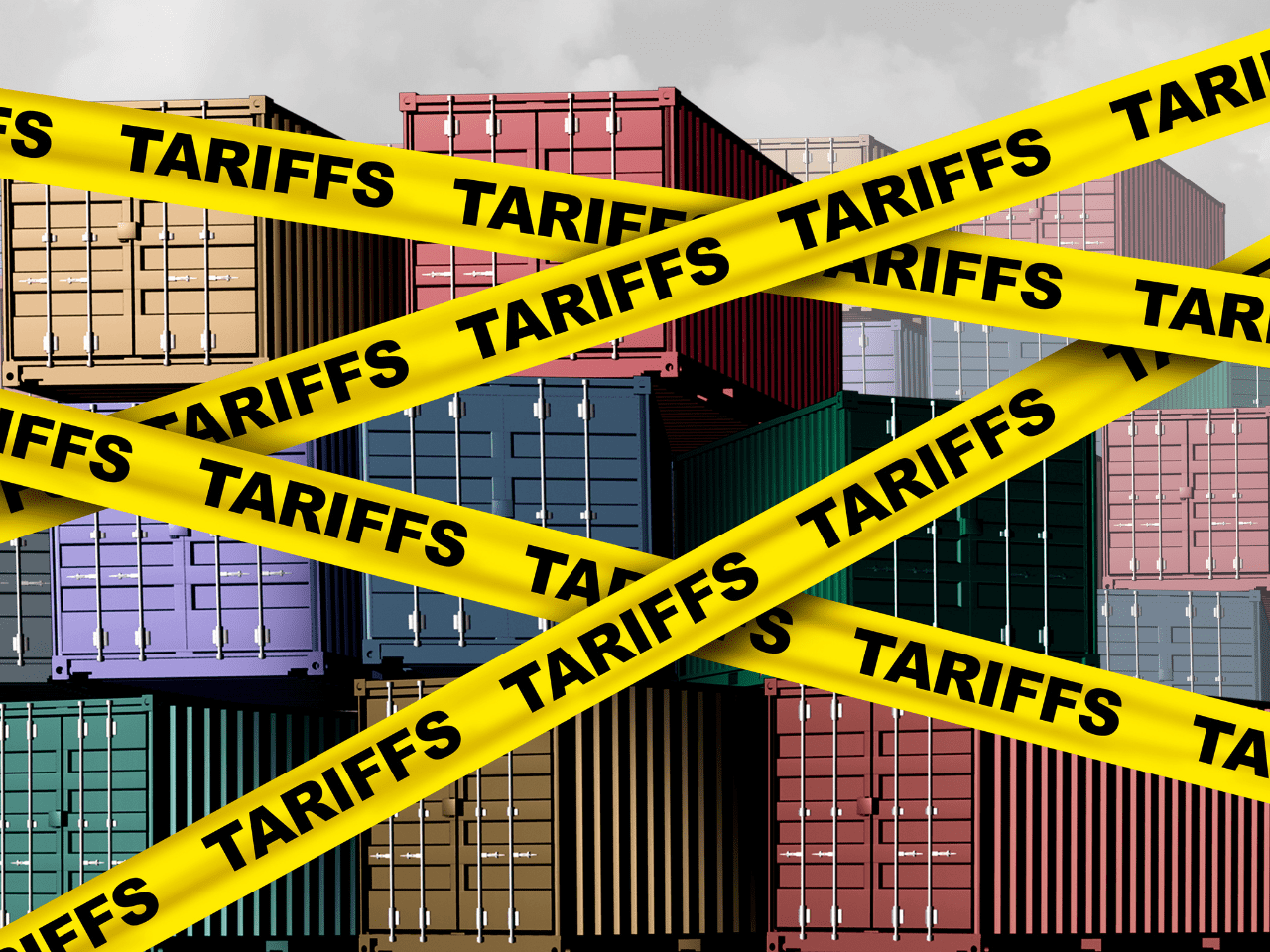With the scaling down of many of the UK’s labour-intensive industries, parts of northern England have experienced growing levels of inequality.
No longer able to depend on hub industries to drive regional growth and employment, these areas have increasingly missed out on the prosperity felt by other parts of the UK, especially when it comes to public transport where spending per capita in London is often that found in the rest of the country.
Following from the UK’s first high speed rail link connecting London to Paris, and to match similar high speed rail projects in Europe, plans for High Speed Rail 2 were first proposed in 2009. Directly connecting eight of Britain’s 10 largest cities and regions, the original plans were to connect London, Birmingham, Manchester and Leeds via a high speed rail line, cutting commuting times, freeing up rail stock, and forming the new high speed backbone of Britain’s rail infrastructure. Serving over 25 stations and connecting around 30 million people, once completed HS2 is expected to carry around 100 million passengers a year, making it the largest infrastructure project in Europe.
The construction of HS2 was to proceed in two main phases: Phase 1 was to run between London and the West Midlands, Phase 2a was to connect Birmingham with Manchester and Crewe, while Phase 2b was to connect Birmingham with Leeds and the eastern leg of the journey. Facing rising costs, the eastern leg of HS2 was cancelled in 2021.
Developing sustainably
Decarbonising transport is a priority for countries around the world. Currently, transport is the biggest source of greenhouse gas emissions in the UK. Government figures show that in 2019, domestic transport accounted for 27% of the country’s ghg emissions. So while HS2’s role as an economic equaliser between London and the north is well-known, the project will also help cut dependency on cars and aviation by encouraging commuters to make a long term shift towards more sustainable travel. This move away from carbon-heavy transport would be an important step towards the UK achieving carbon neutrality.
But despite some of the sustainability benefits that HS2 could bring, it has also faced lots of criticism over its immediate impact on the green belt and the environment. Much of HS2’s route runs through Green Belt land, disproportionately impacting wildlife and biodiversity in favour of infrastructure. To ensure that HS2 is built in line with key sustainability benchmarks, the development is taking place in alignment with the United Nation’s Sustainable Development Goals (SDGs) which set out how important infrastructure can be built sustainably. To tender bids for public contracts, contractors must have rigorous procurement processes that align with key SDGs, such as sourcing key materials responsibly, limiting the use of fossil fuels and pursuing emission reduction initiatives like PAS 2080 accreditation.
Contractors such as Skanska, Kier and Thames Water have already won important contracts. By using Achilles to prequalify suppliers and to manage their supply chains, these contractors use experienced and forward-thinking suppliers to responsibly source key materials and equipment.
But with the controversial project’s costs rising, HS2’s contractors are running engagement meetings and events in the community to field and respond to people’s concerns. While parties continue to hold limited face-to-face engagement meetings, it’s important that contractors and suppliers follow the right practices throughout the procurement process. As countries face up to the realities of a changing climate, sustainable infrastructure needs to be built by the right contractors and suppliers to alleviate concerns over project viability.
Finding the right suppliers
£12 billion worth of HS2 contracts are open to tender, but with strict rules on prequalification and compliance, showcasing your credentials to key contractors isn’t easy. Given how previous major infrastructure projects in the UK, such as the Olympics and Crossrail, have developed, it’s likely that every 10 tier-one work contracts will result in over 10,000 indirect supply chain opportunities. And with HS2 expecting around 60% of contracts to go to SMEs given their size and capabilities, it’s vital that small businesses have the right information and access to compete for major contracts.
Monitoring the tendering databases of the UK and EU, Supplier NOTiCE immediately notifies you of the right opportunities. Based on your search criteria, you’ll be notified of any updates, meaning that if you have the right credentials, you could tender and win contracts faster. Join our network today or watch the Mace-Dragados’ HS2 project update.


